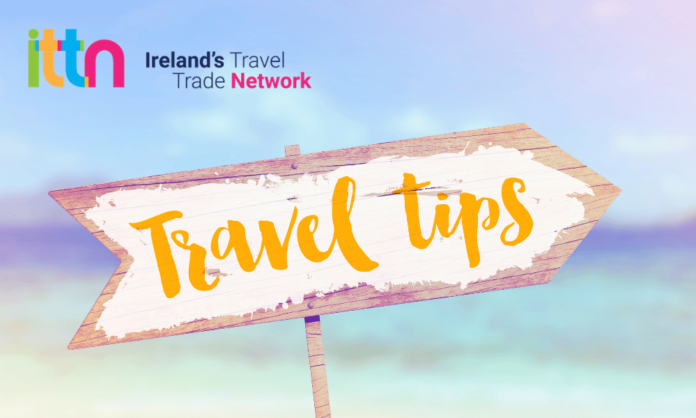
With so many iconic countries to visit in Europe, many tourists extend their travelling across multiple destinations to experience as much as possible in one trip.
However, the cost of travelling can add up very quickly when factoring in flights, accommodation, transport, meals, and visiting local attractions. This can increase even further with unexpected bills from medical emergencies or accidents.
That is why finance experts from Finansplassen have shared their top tips for cutting costs when travelling in Europe, without limiting the experience. In fact, some of these tips will help make the trip feel more authentic than choosing the more expensive options.
Do some research beforehand
Once you know your intended destination, it is always worth heading online to plan your journey and explore what options are available to you. This can help alleviate a lot of the usual costs by finding cheaper deals for your transport and accommodation.
Flights can be one of the biggest travel expenses, which is why you should be comparing multiple airlines and travel sites to get the best prices. There may also be flights departing a day later or earlier than your first choice of date at lower costs.
Another potential money saver is looking into all-inclusive city passes intended for tourists at your destination. Many of them include free attractions and limited use of the public transit system or can provide discounts for selected activities and/or restaurants.
Travel offseason
Whilst it may seem appealing to visit Europe in the summer season, this is when the prices will be the most expensive due to the high demand from tourists. Some cities receive similar levels of footfall in the early winter, so spring and autumn are recommended as the seasons for planning your trips.
Travelling in the summer will also have an impact on your accommodation options and visiting attractions, since they are more likely to be booked up or packed with crowds. Try to choose times that will avoid the summer holidays and busy tourist seasons.
Another point to consider is that you are likely to get a less authentic experience when passing through the major cities and towns in the summer because there will be fewer locals there to interact with than during other times of the year and it is likely to be far cooler in less urban locations.
Explore local travel options
Public transport is usually very efficient in European cities and is much cheaper mode of travel compared to taxis. Look at the metro systems and bus routes in the area to see if there are any travel passes you can take advantage of.
You should also be walking about as much as possible to enjoy the European streets and save money along the way. Many major attractions end up being close together or can easily be found by just following the central walking routes through the main cities.
Cycling is another option for easy travel that is already utilised by many locals. Renting a bike to use for your whole stay is likely to be more cost effective than hiring them from pay-as-you-go stations for short distances, just be sure to bring strong security locks.
Eat like a local
Avoid the unnecessary restaurant charges by sourcing your meals from cheaper options. Grocery stores are abundant in Europe and offer many different options that are perfect for tourists, including pre-made sandwiches and meal deals.
Find the freshest ingredients by visiting local food markets, either on select days of the week or searching for a permanent location. This is a great way to become immersed in the local culture as well, especially in countries that take their food very seriously.
You could also consider staying somewhere with a kitchen or cooking facilities. Cooking your own meals is always going to be cheaper than visiting restaurants and cafes all the time, which can be especially cost effective for long stays.
Visit affordable attractions
Every city has its main draws for tourists, but these areas can be very expensive as a result. You should look for attractions that are safely within your budget or maybe even free to visit, like public gardens or historic landmarks, that can be just as satisfying.
There are many sources of information for these sorts of activities, including searching online each day or checking travel guides. Similarly, you can ask the locals what they would recommend seeing to discover some locations that otherwise might be missed.
If you do book tours or excursions, make sure to shop around. There are likely to be multiple options for tour guides in the area that will offer different experiences and prices. You could also inquire at the reception of your accommodation to see if there are any deals for where you are staying.
Prepare for unexpected circumstances
It is difficult to know exactly what will happen when travelling abroad, which is why it is safest to prepare for the worst to avoid outrageous costs. This could include medical emergencies or unexpected travel delays that may prevent you from catching transport.
See whether your flights or holiday packages include travel insurance or look at deals that may be cheaper for families and/or couples. Some bank accounts can also include insurance package benefits but ensure this will cover exactly what you need.
An essential item for all European travellers is the free European Health Insurance Card (EHIC) which entitles you to state-provided healthcare at the same medical costs as insured locals (often free). For more information visit: : https://finansplassen.no/




